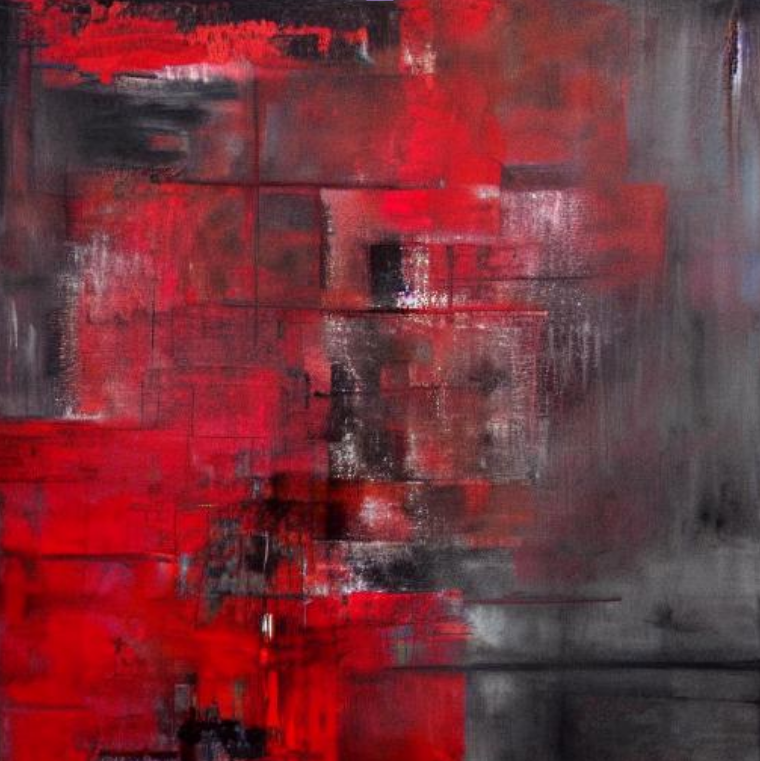
Abstract art is a form of art that is characterized by the use of non-representational forms and shapes, rather than depict objects from the real world. Instead, abstract art uses color, line, texture, and form to create compositions that are meant to evoke emotions and ideas in the viewer.
Abstract art has its roots in the late 19th century, with artists such as Wassily Kandinsky and Paul Cezanne experimenting with new forms of art that broke away from traditional representational art. The style continued to evolve in the early 20th century, with the rise of movements such as Cubism, Futurism, and Surrealism.
One of the key features of abstract art is that it is non-representational, meaning that it does not depict objects or scenes from the real world. Instead, it uses color, line, shape, and texture to create compositions that are meant to evoke emotions and ideas in the viewer. Abstract art can be broken down into several different movements, such as abstract expressionism, color field painting, and minimalism.
Abstract Expressionism, a movement that emerged in the 1940s, is characterized by the use of large canvases and bold, gestural brushstrokes. Artists such as Jackson Pollock and Mark Rothko are considered some of the most important figures in this movement.
Color Field Painting, another movement that emerged in the 1940s, is characterized by the use of large areas of flat, unmodulated color. Artists such as Barnett Newman and Mark Rothko are considered important figures in this movement.
Minimalism, a movement that emerged in the 1960s, is characterized by the use of simple, geometric forms and limited color palettes. Artists such as Donald Judd and Dan Flavin are considered important figures in this movement.
Abstract art has had a significant impact on the art world and continues to be a major influence on contemporary art. Many artists continue to explore and push the boundaries of the style, creating new and exciting variations on the theme.